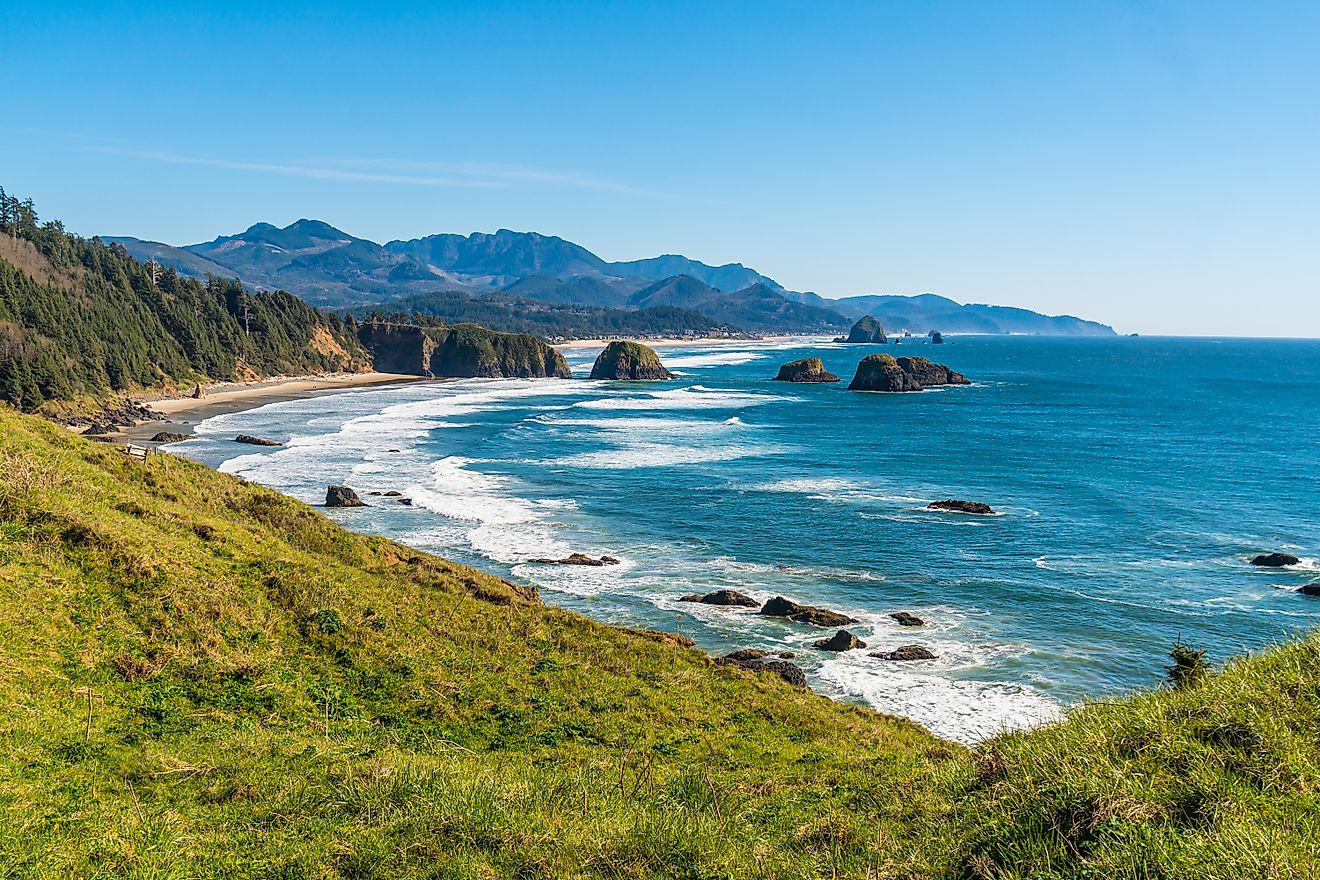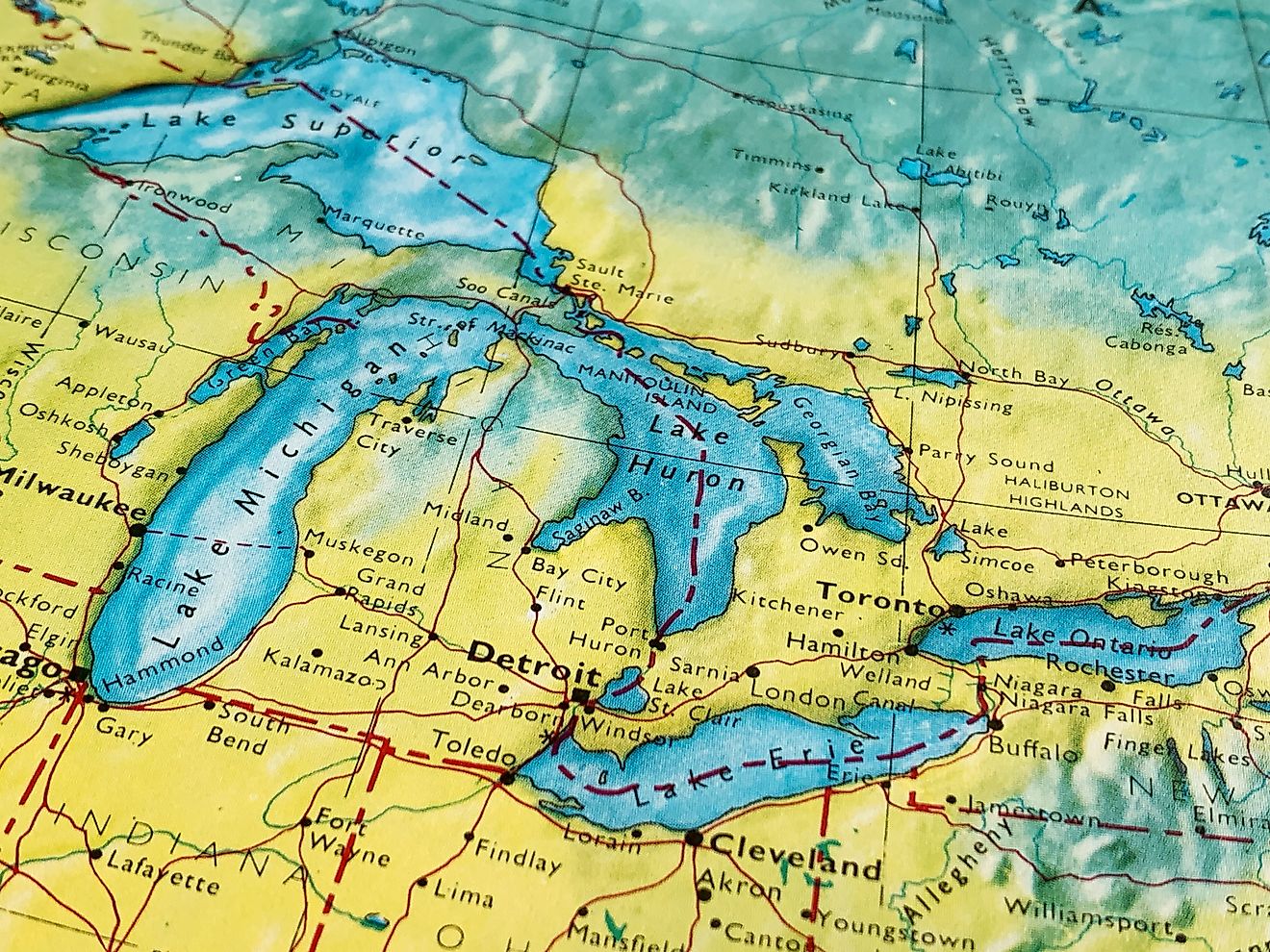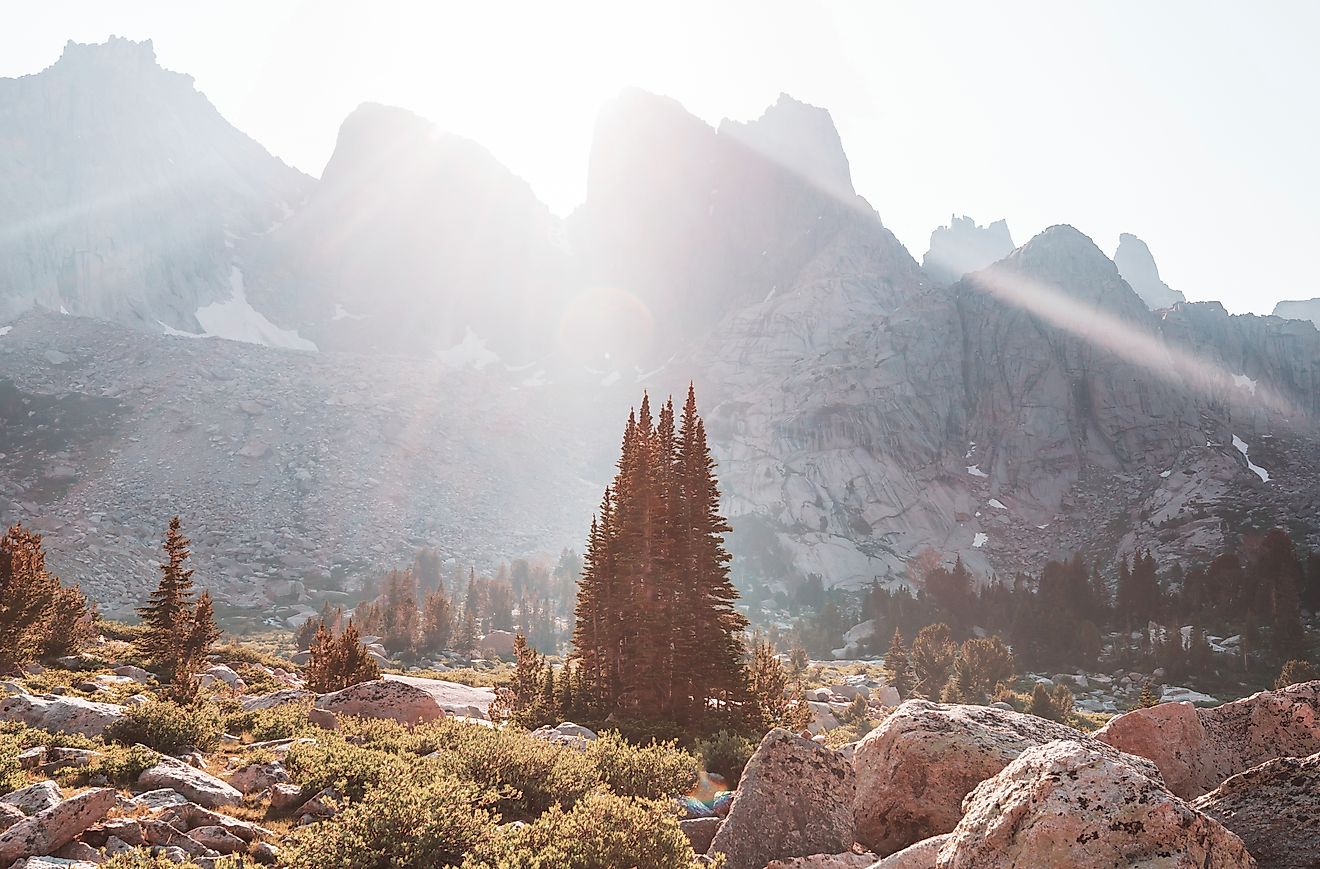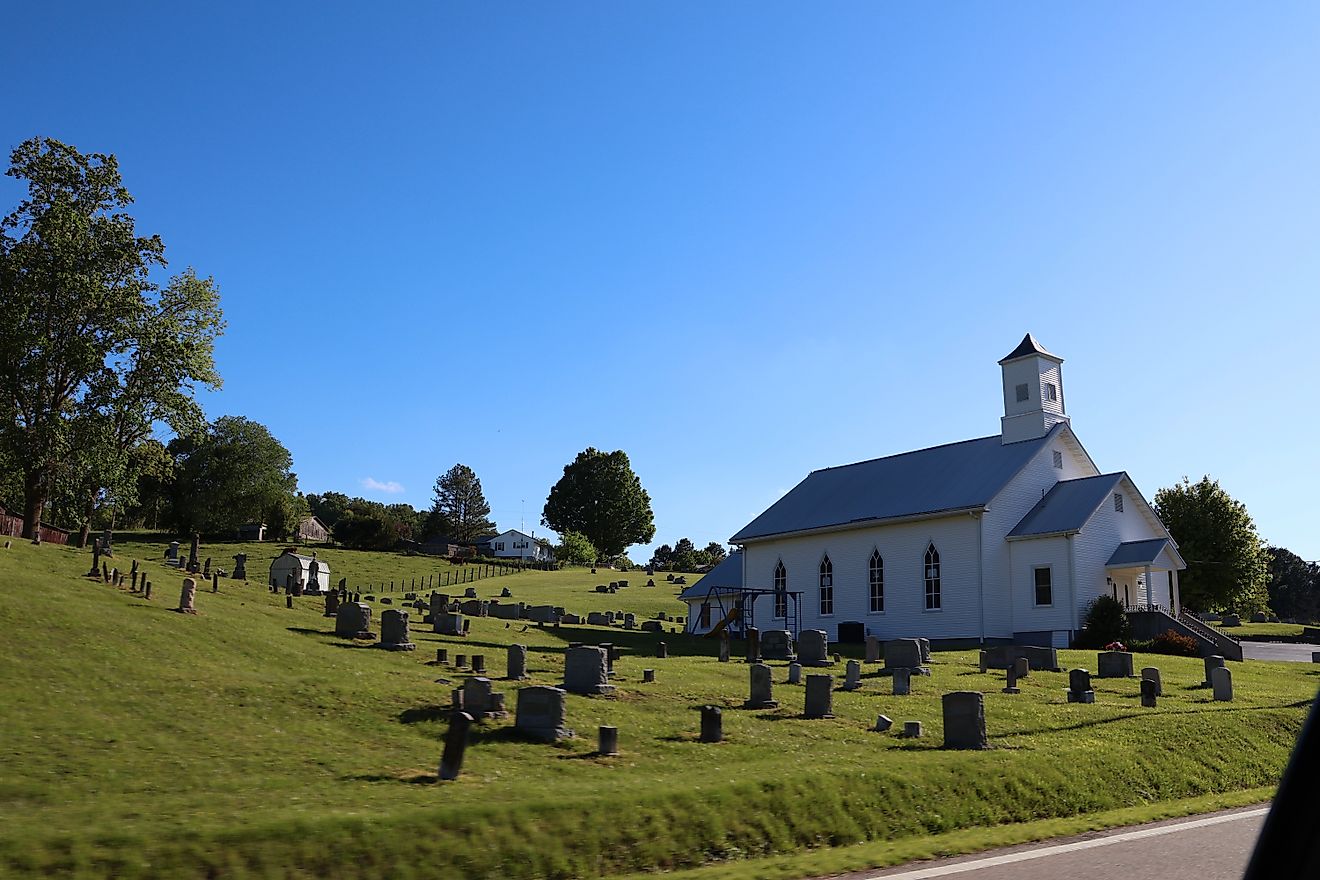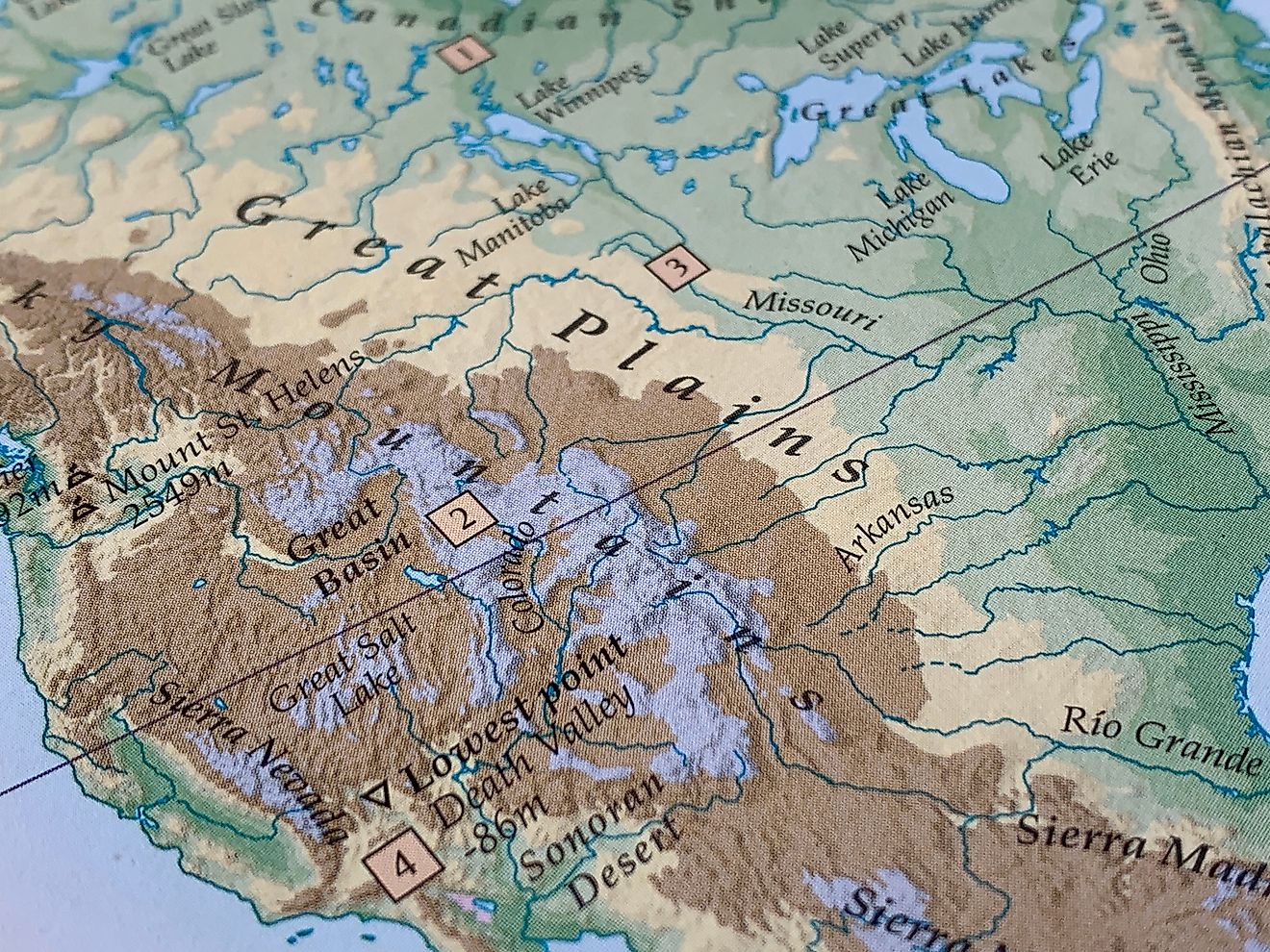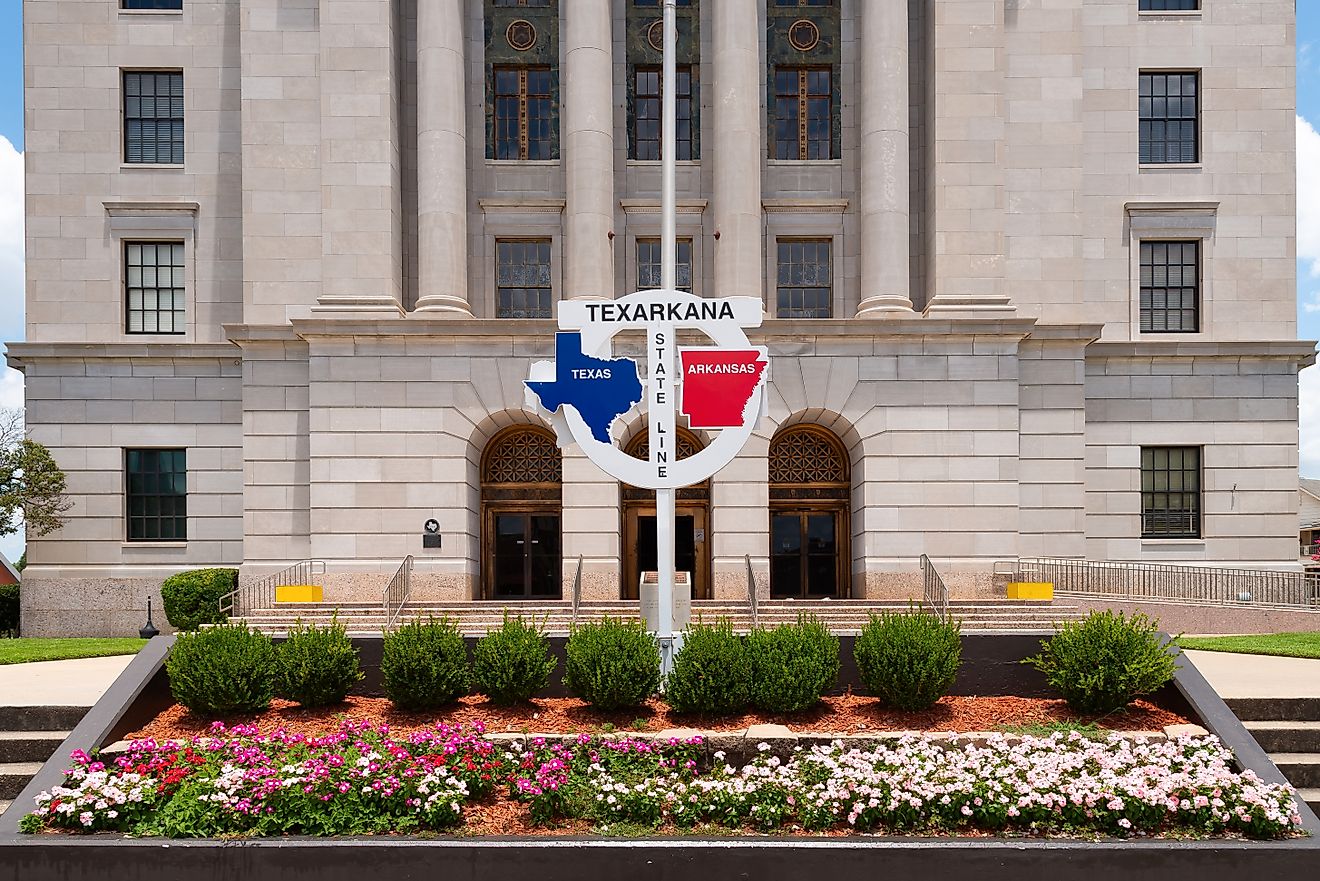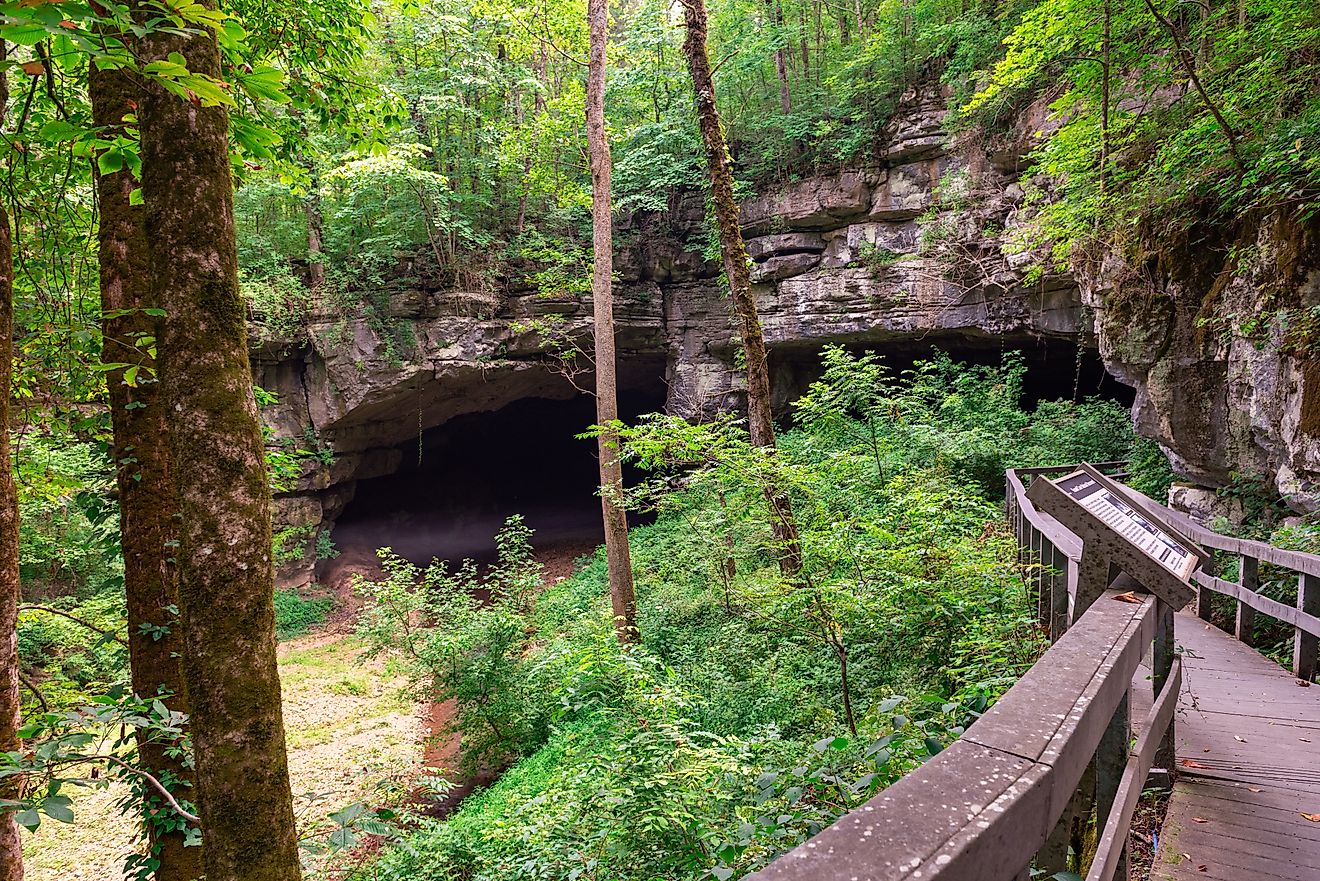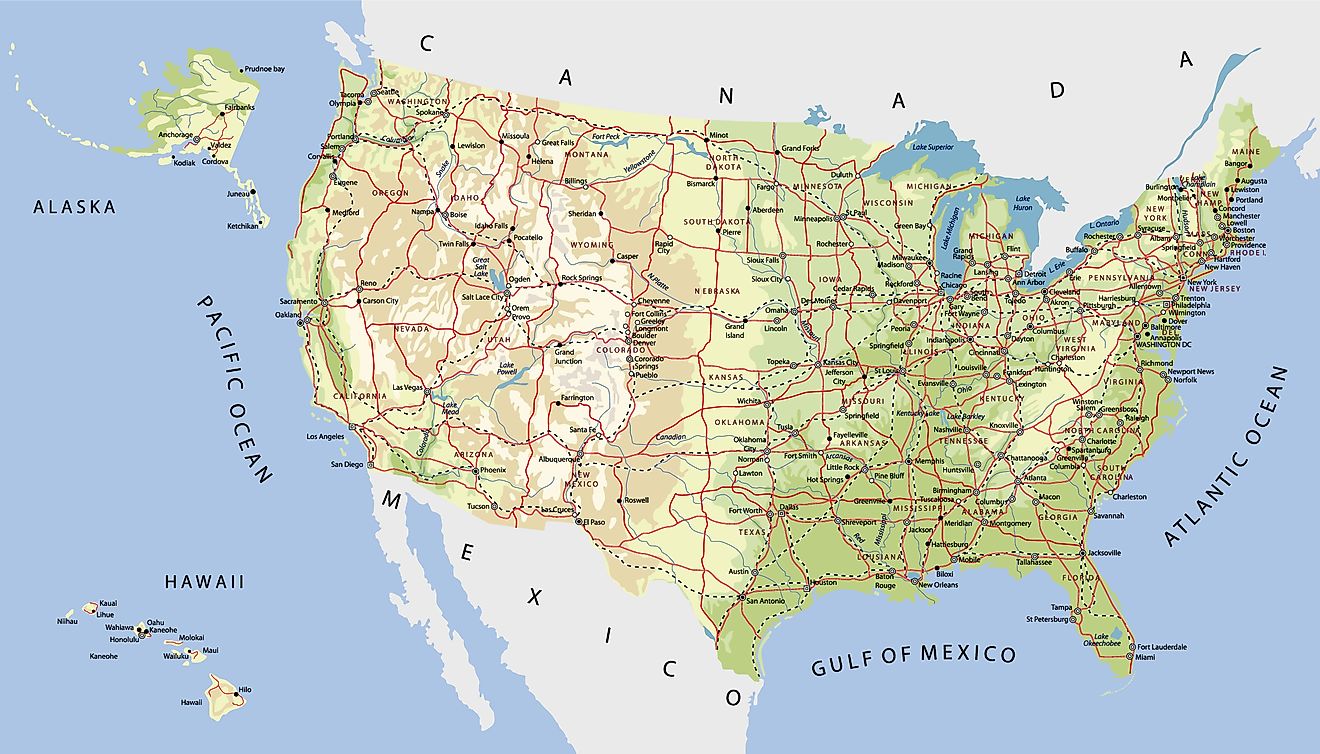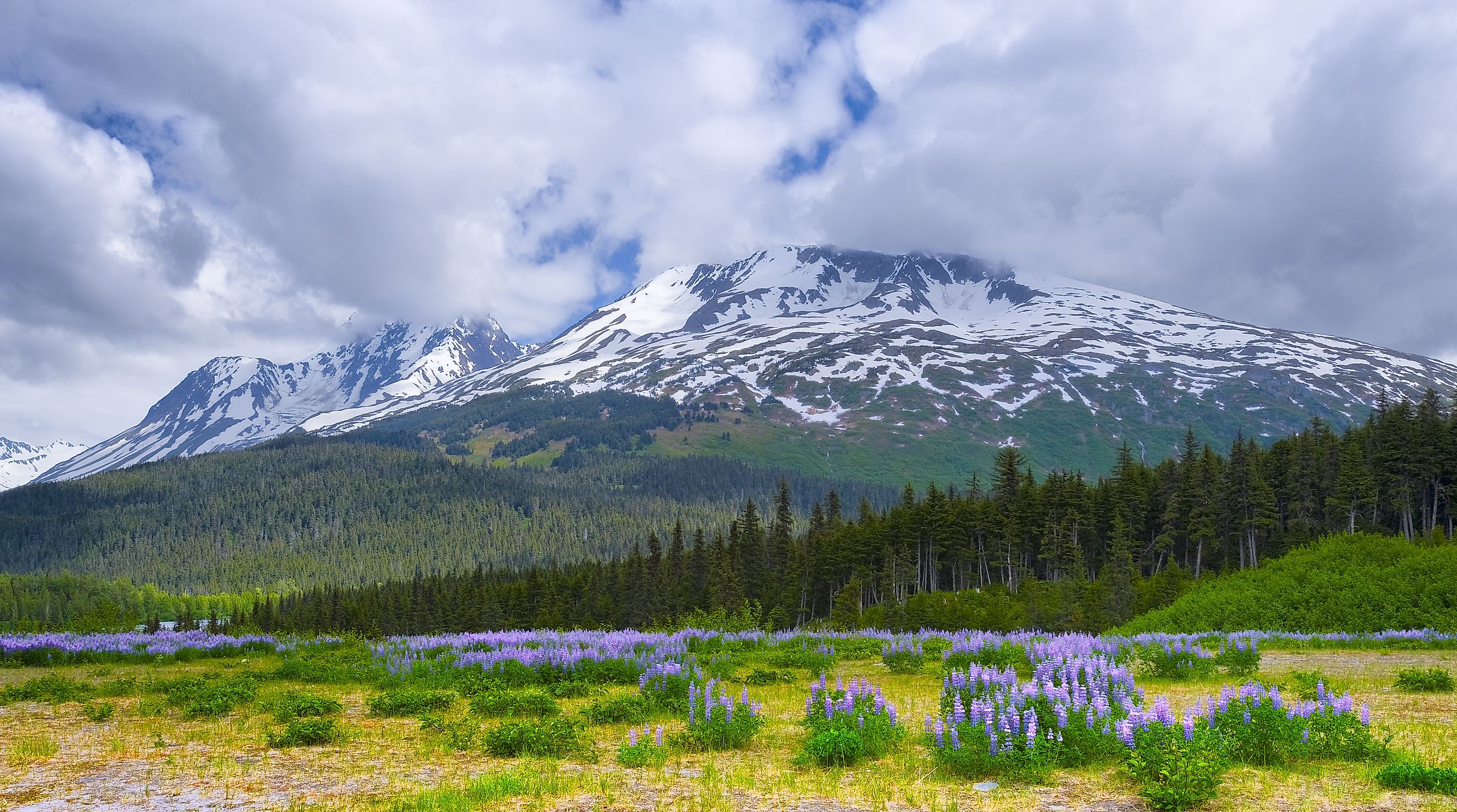
7 Largest National Forests in the United States
The United States is home to an extraordinary system of national forests, federally managed lands set aside to conserve natural resources, protect wildlife, and provide spaces for public enjoyment. Unlike national parks, which focus primarily on preservation, national forests are managed for multiple uses, including recreation, timber, watershed protection, and wildlife habitat. Some of these forests span millions of acres, making them among the largest protected landscapes in the country. They stretch across mountains, deserts, wetlands, and coastal regions, each offering its own unique scenery and ecological wonders. In these vast forests, ancient trees tower overhead, rivers carve through valleys, and countless species of plants and animals thrive. Hike remote trails, paddle pristine waters, spot wildlife, and experience the scale and beauty of some of America’s most expansive natural areas.
Tongass National Forest, Alaska

Alaska, waterfall in Misty Fjords National Monument a part of Tongass National Forest.
Size: Approximately 16.7 million acres
Tongass National Forest, located in southeastern Alaska, holds the title of the largest national forest in the United States. Stretching across much of the Alaska Panhandle, it is a vast expanse of temperate rainforest, fjords, and glaciers. The forest is dominated by towering Sitka spruce and western hemlock trees, some of the tallest in North America, and its old-growth areas provide critical habitat for countless species. Brown bears roam the forests and river valleys, bald eagles perch along the waterways, and all five species of Pacific salmon return annually to spawn in the pristine rivers and streams.
The Tongass encompasses the Inside Passage, a network of narrow coastal waterways flanked by lush forests and snow-capped peaks. The forest’s extensive river systems, waterfalls, and alpine landscapes create a mosaic of ecosystems that support both wildlife and plant diversity. Its remote and untouched environment preserves ecological processes on a grand scale, from salmon runs to bear foraging patterns, making it one of the most ecologically significant and awe-inspiring national forests in the country.
Chugach National Forest, Alaska
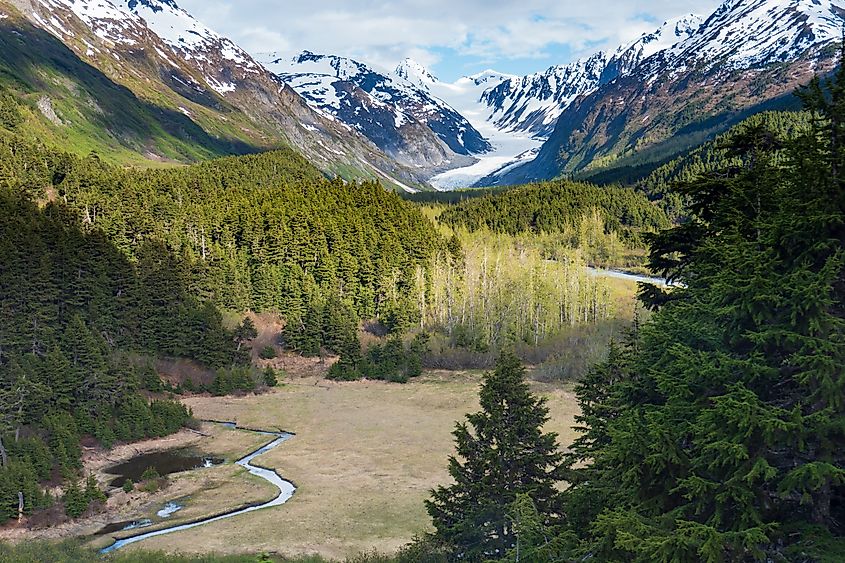
Size: Approximately 6.9 million acres
Adjacent to the city of Anchorage, Chugach National Forest is the second-largest national forest in the United States. It stretches from coastal rainforests along the Gulf of Alaska to rugged alpine tundra, creating a dramatic range of ecosystems in a single forest. Glaciers carve through towering mountains, fjords cut deep into the coastline, and the stunning waters of Prince William Sound reflect the surrounding peaks.
The forest supports a wide variety of wildlife, including moose roaming the valleys, black bears foraging along streams, and a diverse array of bird species, from bald eagles to migratory songbirds. Its rivers and lakes are rich with salmon and trout, sustaining both wildlife and the broader ecosystem. The proximity to Anchorage allows for easy access to this vast wilderness, making it a striking example of Alaska’s natural beauty where coastal, alpine, and forested landscapes converge.
Humboldt-Toiyabe National Forest, Nevada/California
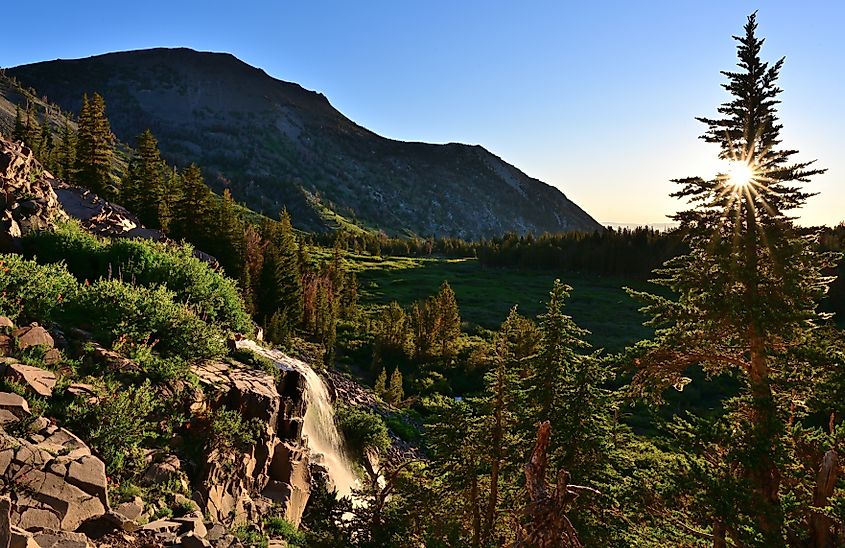
Size: Approximately 6.3 million acres
Humboldt-Toiyabe National Forest is the largest national forest in the contiguous United States, stretching across Nevada and parts of California,. Its landscape is remarkably diverse, ranging from arid desert basins to high alpine meadows and rugged mountain ranges. Snow-capped peaks, deep canyons, and expansive plateaus create a striking backdrop for the forest’s wide variety of ecosystems.
The forest is home to a rich array of wildlife, including mule deer roaming the valleys, elusive mountain lions, bighorn sheep navigating the rocky slopes, and numerous bird species that thrive in its varied habitats. Humboldt-Toiyabe also contains several wilderness areas that preserve these landscapes in their natural state, supporting both plant and animal life in a relatively undisturbed environment.
Outdoor activities abound throughout the forest. Hiking trails traverse dramatic mountain ridges, camping areas provide access to remote settings, and winter sports such as skiing and snowboarding take advantage of the higher elevations. Its expansive wilderness and contrasting environments make Humboldt-Toiyabe a premier destination for those seeking both adventure and the solitude of wide-open natural spaces.
Salmon-Challis National Forest, Idaho
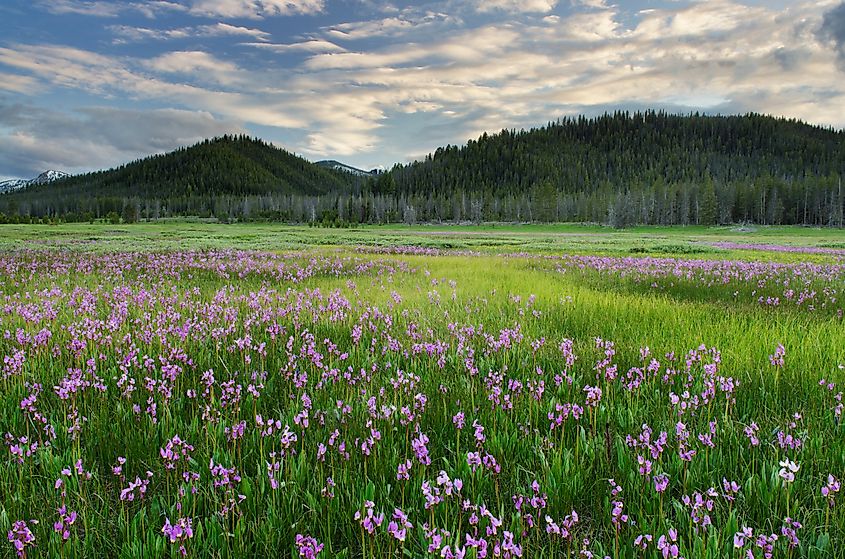
Size: Approximately 4.3 million acres
Salmon-Challis National Forest is renowned for its rugged terrain, dramatic landscapes, and rich natural history. It encompasses the Frank Church-River of No Return Wilderness, one of the largest contiguous wilderness areas in the lower 48 states, offering vast stretches of untouched terrain. Deep canyons cut through towering mountain peaks, and pristine rivers wind through valleys, creating a dynamic mosaic of ecosystems.
The forest supports a wide variety of wildlife, including elk grazing in alpine meadows, wolves navigating the backcountry, and numerous bird species that inhabit its forests and river corridors. Its rivers, particularly the Salmon River, are celebrated for challenging whitewater rafting and abundant fishing opportunities. Extensive trail networks allow for multi-day hiking expeditions through some of the most remote and scenic areas in the country.
Bridger-Teton National Forest, Wyoming
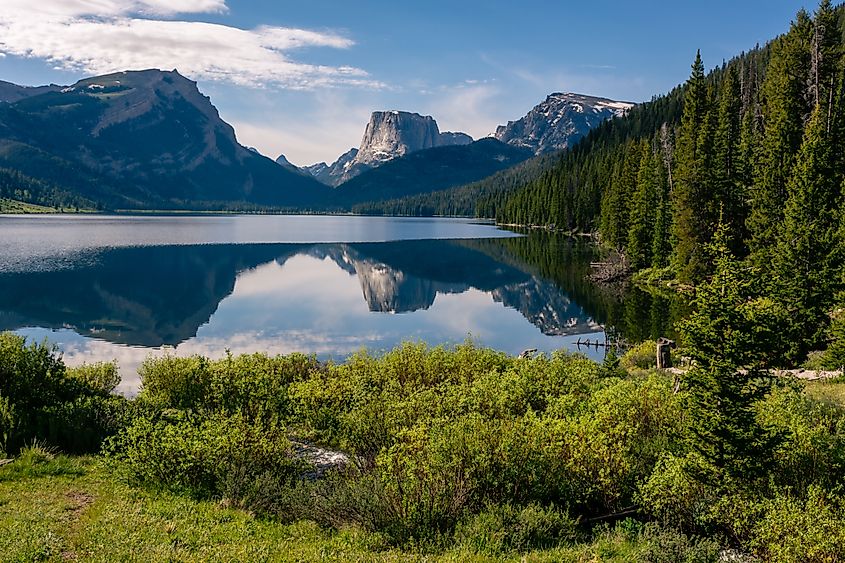
Size: Approximately 3.4 million acres
Bridger-Teton National Forest is a cornerstone of the Greater Yellowstone Ecosystem and one of the largest and most ecologically significant forests in the United States. Its landscape is defined by the dramatic peaks of the Teton and Wind River mountain ranges, expansive valleys, and alpine meadows. The forest provides critical habitat for a variety of wildlife, including grizzly bears roaming the backcountry, wolves navigating dense forests, and moose grazing along riverbanks.
The forest’s extensive trail system traverses rugged terrain and serene valleys, connecting alpine lakes, pristine rivers, and remote wilderness areas. Opportunities for hiking, camping, fishing, and wildlife observation are available. Its diverse landscapes support both aquatic and terrestrial ecosystems, making Bridger-Teton a vital refuge for species and a showcase of Wyoming’s natural grandeur.
Beaverhead-Deerlodge National Forest, Montana
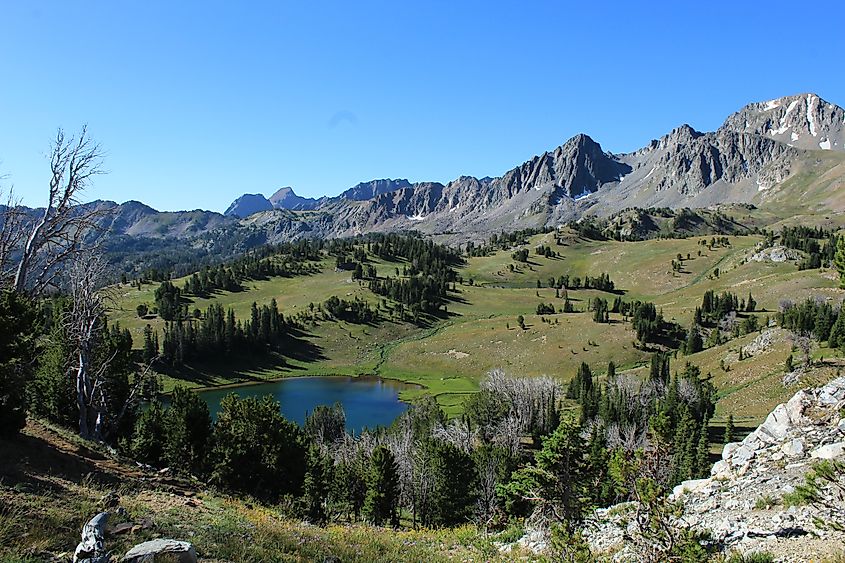
Size: Approximately 3.3 million acres
Beaverhead-Deerlodge National Forest is the largest national forest in Montana and one of the most ecologically diverse in the lower 48 states. Its landscape includes rugged mountains, rolling foothills, river valleys, and high alpine basins. The forest encompasses portions of the Rocky Mountains and contains several wilderness areas that preserve its pristine ecosystems.
Wildlife is abundant throughout the forest, with elk, mule deer, black bears, and wolves roaming its vast wilderness. Numerous rivers and streams support native fish populations, while dense forests provide shelter for a variety of bird species. The forest’s combination of mountains, meadows, and waterways creates a mosaic of habitats that sustain both flora and fauna.
Tonto National Forest, Arizona
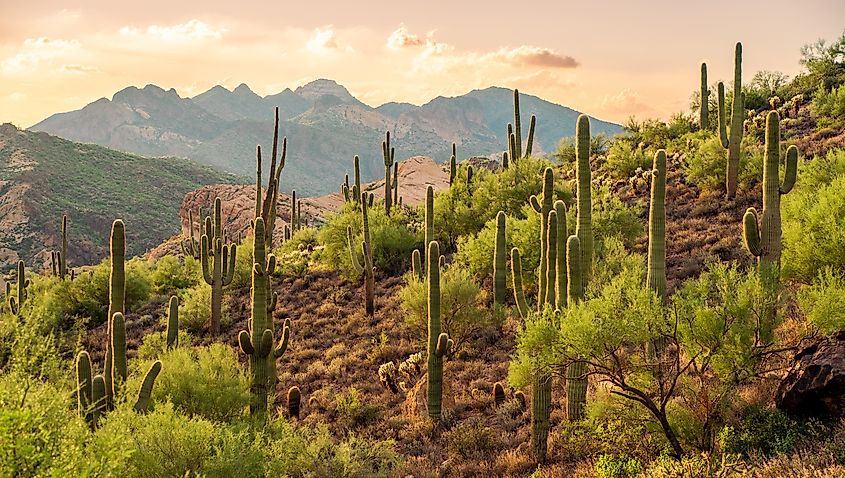
Sunset at Bulldog Canyon in the Sonoran Desert in Apache Junction, AZ in Tonto National Forest.
Size: Approximately 2.9 million acres
Tonto National Forest is one of the largest and most ecologically diverse forests in Arizona, encompassing landscapes that range from the arid Sonoran Desert to high-elevation pine forests. Its terrain features rugged mountains, deep canyons, flowing rivers, and numerous lakes, creating a striking contrast between desert lowlands and forested highlands.
The forest supports a wide variety of wildlife, including desert bighorn sheep navigating rocky slopes, black bears in higher elevations, and a multitude of bird species that thrive across its diverse habitats. Its rivers and lakes sustain fish populations and provide critical water sources for the surrounding ecosystems. These same landscapes offer abundant recreational opportunities, including hiking, camping, fishing, boating, and horseback riding. The combination of desert landscapes, alpine forests, and waterways makes Tonto National Forest a unique and vibrant natural area, offering both ecological significance and endless opportunities for outdoor exploration and adventure.
Exploring the Vast Wonders of America’s National Forests
America’s largest national forests stretch across millions of acres, encompassing an extraordinary variety of landscapes, from lush temperate rainforests to rugged mountain ranges, sparkling rivers, and arid desert valleys. These forests are home to abundant wildlife, rare plant species, and ecosystems that play a critical role in maintaining the health of the planet. Beyond their ecological importance, they provide countless ways to experience the outdoors, from hiking and fishing to paddling and wildlife observation. Each forest tells a story of natural beauty, resilience, and scale, offering a vivid reminder of the need to protect and cherish these immense and inspiring lands for generations to come.
America's Largest National Forests
| Rank | National Forest | Size (Acres) | Location | Notable Features |
|---|---|---|---|---|
| 1 | Tongass National Forest | 16.7 million | Southeastern Alaska | Vast temperate rainforest, fjords, glaciers, Inside Passage, rich wildlife including brown bears and Pacific salmon |
| 2 | Chugach National Forest | 6.9 million | Alaska, near Anchorage | Coastal rainforests, alpine tundra, glaciers, fjords, Prince William Sound, moose, black bears, bird diversity |
| 3 | Humboldt-Toiyabe National Forest | 6.3 million | Nevada and California | Desert basins, alpine meadows, rugged mountains, mule deer, mountain lions, extensive wilderness areas |
| 4 | Salmon-Challis National Forest | 4.3 million | Central Idaho | Frank Church-River of No Return Wilderness, deep canyons, towering peaks, rivers, elk, wolves, bird species |
| 5 | Bridger-Teton National Forest | 3.4 million | Western Wyoming | Teton and Wind River ranges, alpine lakes, rivers, grizzly bears, wolves, moose, part of Greater Yellowstone Ecosystem |
| 6 | Beaverhead-Deerlodge National Forest | 3.3 million | Montana | Rocky Mountains, high alpine basins, wilderness areas, elk, mule deer, black bears, rivers and streams |
| 7 | Tonto National Forest | 2.9 million | Central Arizona | Sonoran Desert to pine forests, rugged mountains, deep canyons, lakes and rivers, desert bighorn sheep, black bears, bird diversity |
